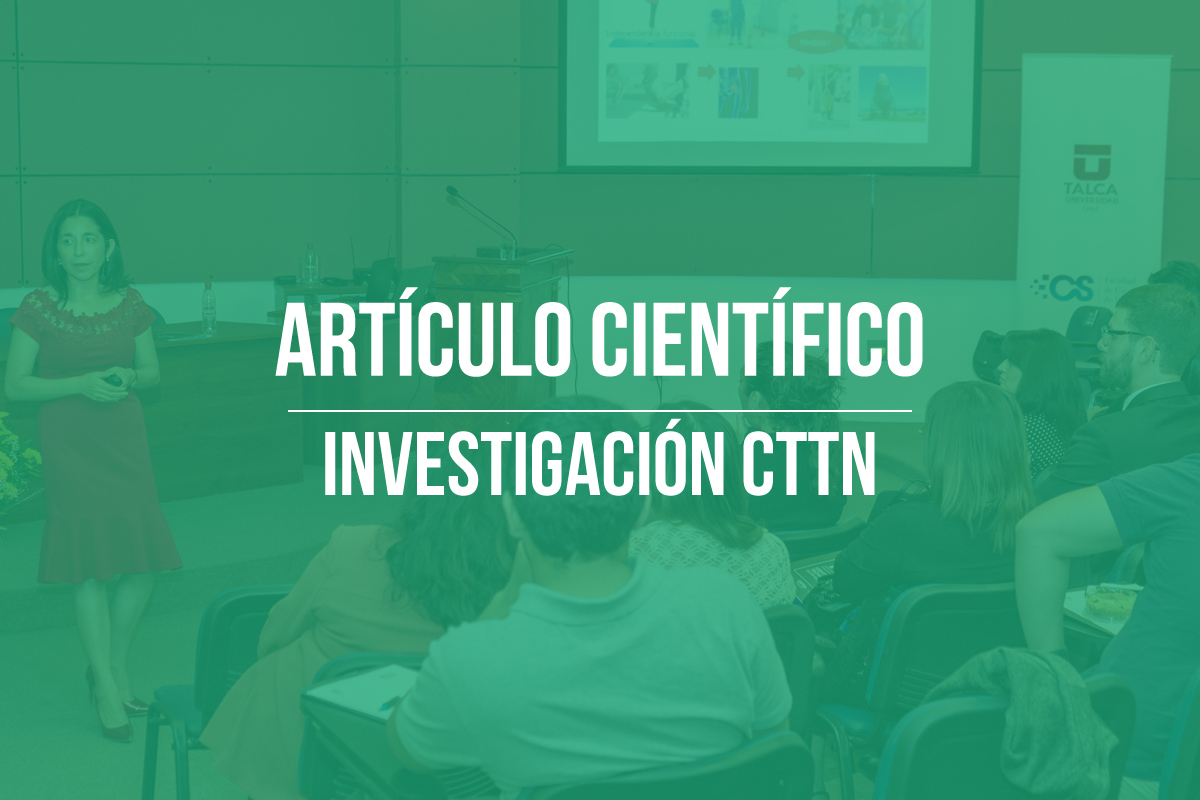Abstract
This study aimed to determine the correlation between center of pressure and functional balance in non-faller elderly practitioners of Tai Chi. [Subjects and Methods] For the study, nine non-faller elderly practitioners of Tai Chi who were able to maintain a standing posture and walk independently were recruited. Timed one-leg standing and timed up-and-go tests were used as functional balance tests and force platform to measure the center of pressure. The Pearson correlation coefficient was calculated for the timed up-and-go/timed one-leg standing test scores and center of pressure parameter values. [Results] None of the correlations was statistically significant, but moderate correlations were observed between the pairs timed one-leg standing/sway area of center of pressure, timed one-leg standing/standard deviation of center of pressure in the mediolateral direction, timed one-leg standing/mean velocity of center of pressure in the anteroposterior direction, and timed up-and-go test sway area of center of pressure. [Conclusion] Timed one-leg standing is more appropriate than timed up-and-go test for the measurement of functional balance in non-faller elderly practitioners of Tai Chi.
Autores
Gatica-Rojas, Cartes-Velásquez, Salgado-Méndez, Castro-Ramírez.



